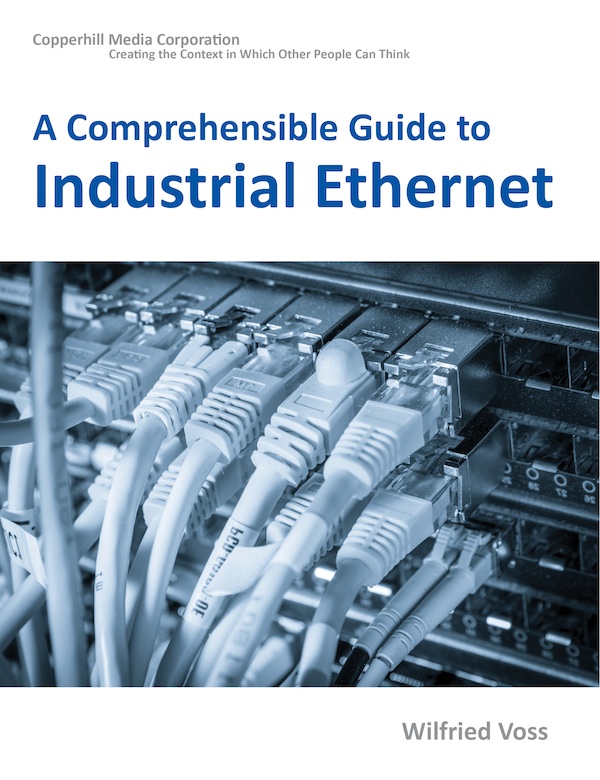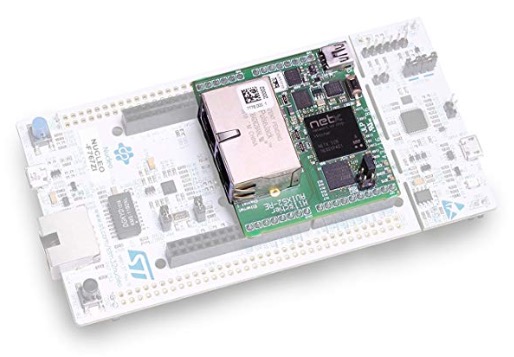Recent Posts
Industrial Ethernet Guide - The Benefits of Distributed Control
Posted by on

The following is part of A Comprehensible Guide to Industrial Ethernet by Wilfried Voss.
The advantages of distributed over central control, reduced wiring and distributed intelligence, as briefly mentioned in the previous chapter, amount not only to significant cost savings through the reduction of efforts during design and operation but also opens the door to supporting application processes of greater complexity.
One advantage of distributed control over central control lies in the circumstance that every single node in the network can be physically placed close to the input sensors/switches and the output signal receivers, thus eliminating the need for large cable bundles and supporting cable channels.
The great physical distances are usually bridged on the network level, where a typical network requires only two wires to maintain the communication between the nodes.
Lower Project Costs result through:
- Easy Start-up and Commissioning
- Less Engineering and Design
- Reduced Wiring
There is increased process availability through the support of:
- Real-Time Diagnostics
- Remote Calibration
- Process Aware Devices
- Reduced Unplanned Shutdowns
The asset management benefits are represented by:
- Lower Operating and Maintenance Costs
- Aid in Regulatory Compliance
- Improvements of Plant Operations and Efficiency
netSHIELD"NSHIELD 52-RE" - Industrial Ethernet Development Platform
 netSHIELD is an evaluation expansion board with Arduino compatible connectors for development purposes.
netSHIELD is an evaluation expansion board with Arduino compatible connectors for development purposes.
It enables the user to connect a Microcontroller based application to all market relevant Real-Time-Ethernet industrial networks with best-in-class real-time capabilities, like PROFINET, Ethernet/IP, EtherCAT, and others.
The extension board features a netX 52 system-on-chip. The netX SoC architecture is designed from the ground up for the highest demands on flexibility, determinism, and performance in terms of multi-protocol capability and low latency for short cycle times. The heterogeneous multi-core architecture features an ARM processor core, coupled with a flexible communication subsystem (xC) for varieties of industrial applications support.
 Loading... Please wait...
Loading... Please wait...
